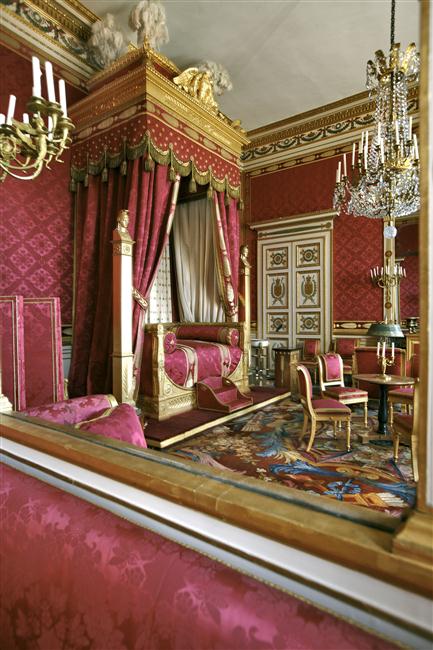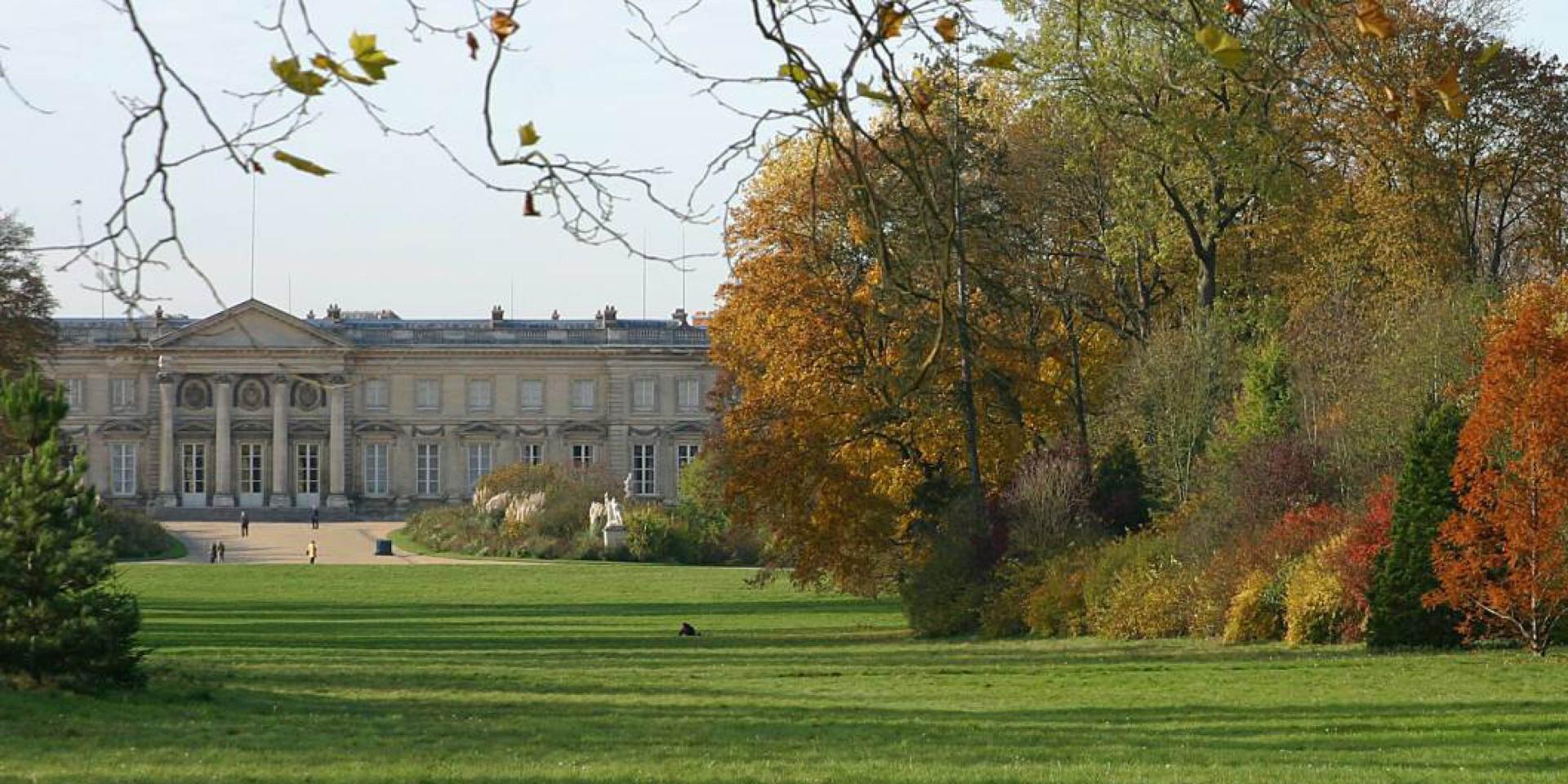Built by Louis XV and Louis XVI, and remodelled by both Napoleon I and Napoleon III, the Château de Compiègne was a centre for court life and the exercise of power. The originality and beauty of this, the biggest neo-classical palace in France, and the quality of its interior décor and furnishings make for a unique ensemble. Alongside Versailles and Fontainebleau, this historic place is one of the three largest royal and imperial residences in France.
From Charles V to Louis XVI, this was a popular place to stay among the French nobility
Located on the route of Flanders, eighty kilometres from Paris, the Château de Compiègne was once a royal and imperial residence, whose apartments look out over the city walls to a forest that covers more than forty thousand hectares. Its location was chosen by King Charles V, who decided to acquire land inside the city walls on which to build a palace. Upon his death in 1380, the construction of the palace was almost complete.
Though the original structure chosen by Charles V was modified over time, it preserved a medieval style right up until the XVII century. It is Louis XV, who was passionate about Compiègne, to whom we owe the palace how it looks today. Seeing the home of his ancestors as cramped and outdated, he wanted a residence to which he could attach his name. He entrusted this “major project” to his chief architect Ange-Jacques Gabriel, who would go on to draw up the plans accepted by the king in 1751. Ascending to the throne in 1774, it was then the turn of Louis XVI to call upon Gabriel’s successor, Le Dreux de la Châtre, to carry out more work. As well as completing the principal features of Gabriel’s original project, he created the new wing which overlooks the park and which Marie-Antoinette planned to purchase, the peristyle, the colonnaded hall and the guardroom. He also carried out major interior works, including on the king and queen’s apartments. It was under his reign that some of the interior décor that we still see today was carried outs.
The palace of the two emperors
From Napoleon I...
The French Revolution led to the dispersion of the palace’s furniture in 1795, with only some of the pieces being returned today. In 1799, a military academy was built at the palace: this was the beginning of the Ecole des Arts et Métiers (1803) which relocated to Châlon-sur-Marne in 1806 as the residence was required for its original purpose. On 12 April 1807, Napoleon gave the order to completely refurbish Compiègne. Straight away, major work on the palace’s interior was launched, led by the architect Louis-Martin Berthaut, who had recently carried out work for Joséphine at the Malmaison. The works took place between 1808 and 1810 and led to a new distribution of space and above all new décor and furnishings, some of which are still visible today. The emperor now occupied what was formerly the king’s apartment and the empress was accommodated at the end of the terrace (what was previously the queen’s apartment was turned into an apartment for visiting foreign sovereigns). The majority of the mural décor was the work of the art studios of Dubois and Redouté, while the furniture was made by Jacob-Desmalter and Marcion. These became the grandest apartments of the First French Empire.

© Château de Compiègne / DR
... to Napoleon III
The Second French Empire also left its mark on Compiègne. Napoleon III had a particular affinity for the palace and organised the famous ‘Series’ there in the Autumn months. Over four to six weeks, around one hundred guests were invited to attend. These included personalities close to the government, foreign sovereigns and princes, diplomats, writers, artists and scientists, who found themselves in an intimate setting with the imperial family. Hunts, excursions, games, concerts and theatre performances filled their days, during which they could forget the constraints of etiquette. Refurbishments were therefore carried out in time for the reception of the guests and a large amount of contemporary furniture was introduced. The emperor also built the Galerie Neuve (New Gallery), also known as the Galerie Natoire, providing direct access to the imperial theatre which he began building on the other side of the Rue d’Ulm, but which was still not complete in 1870.


